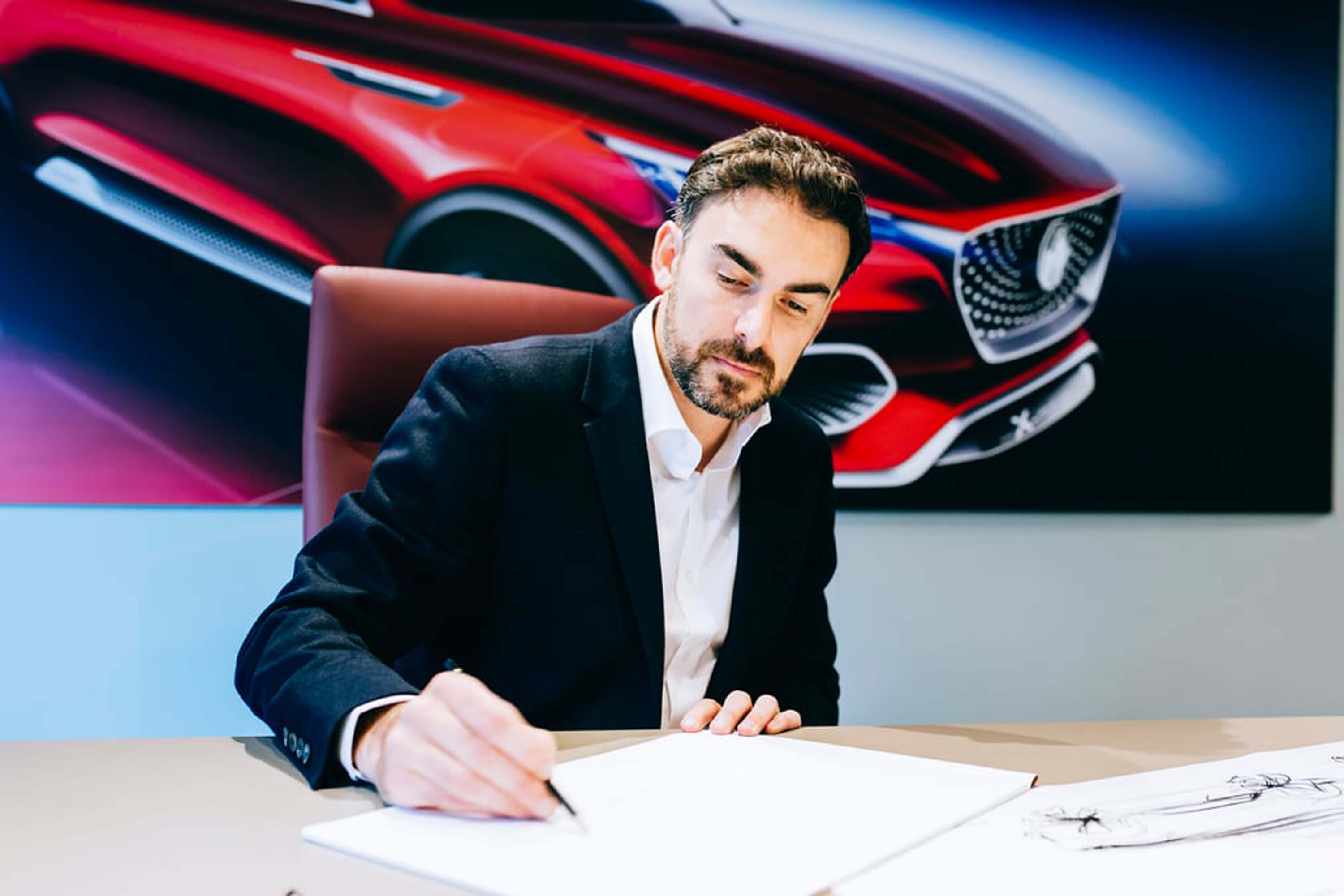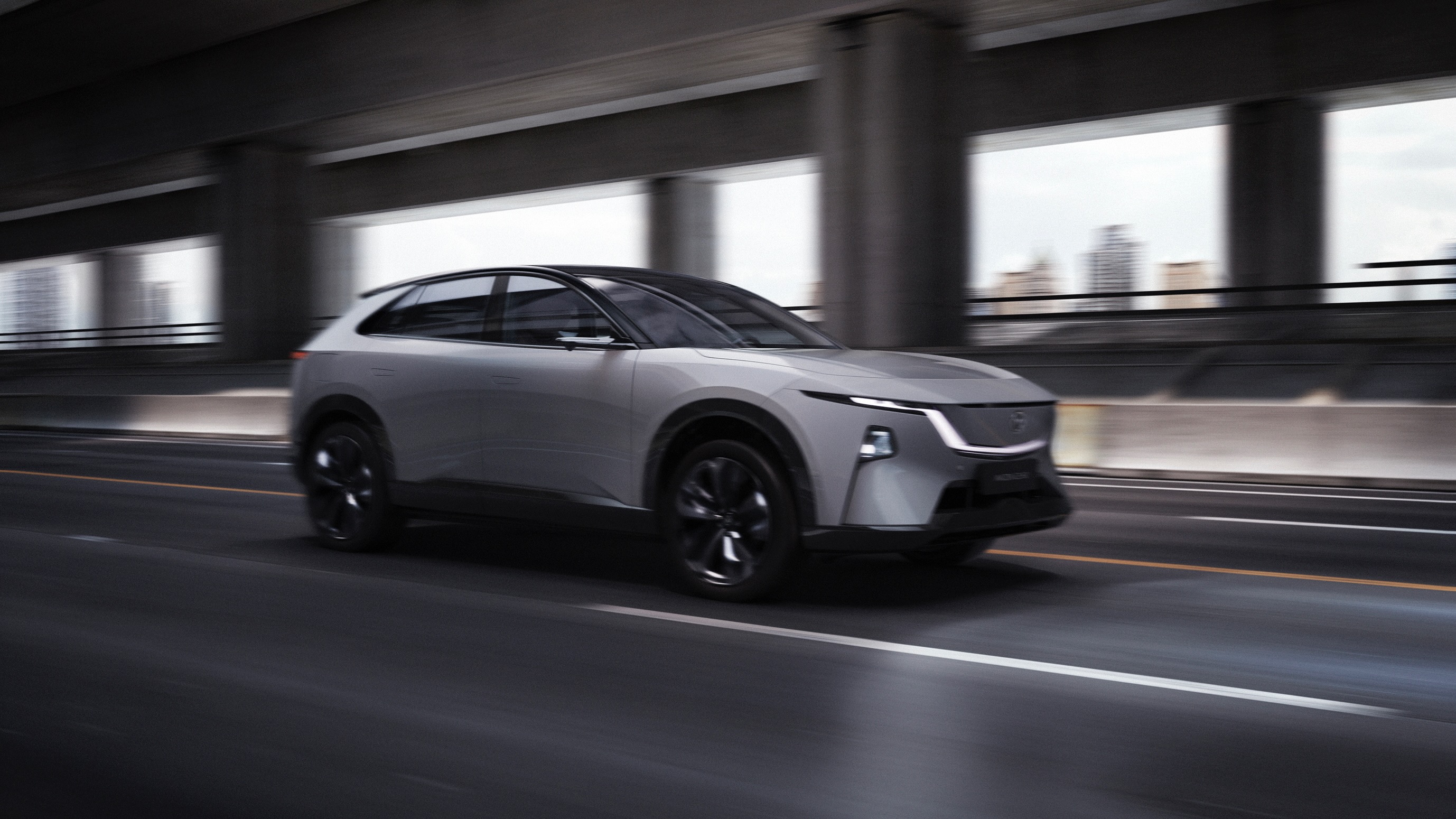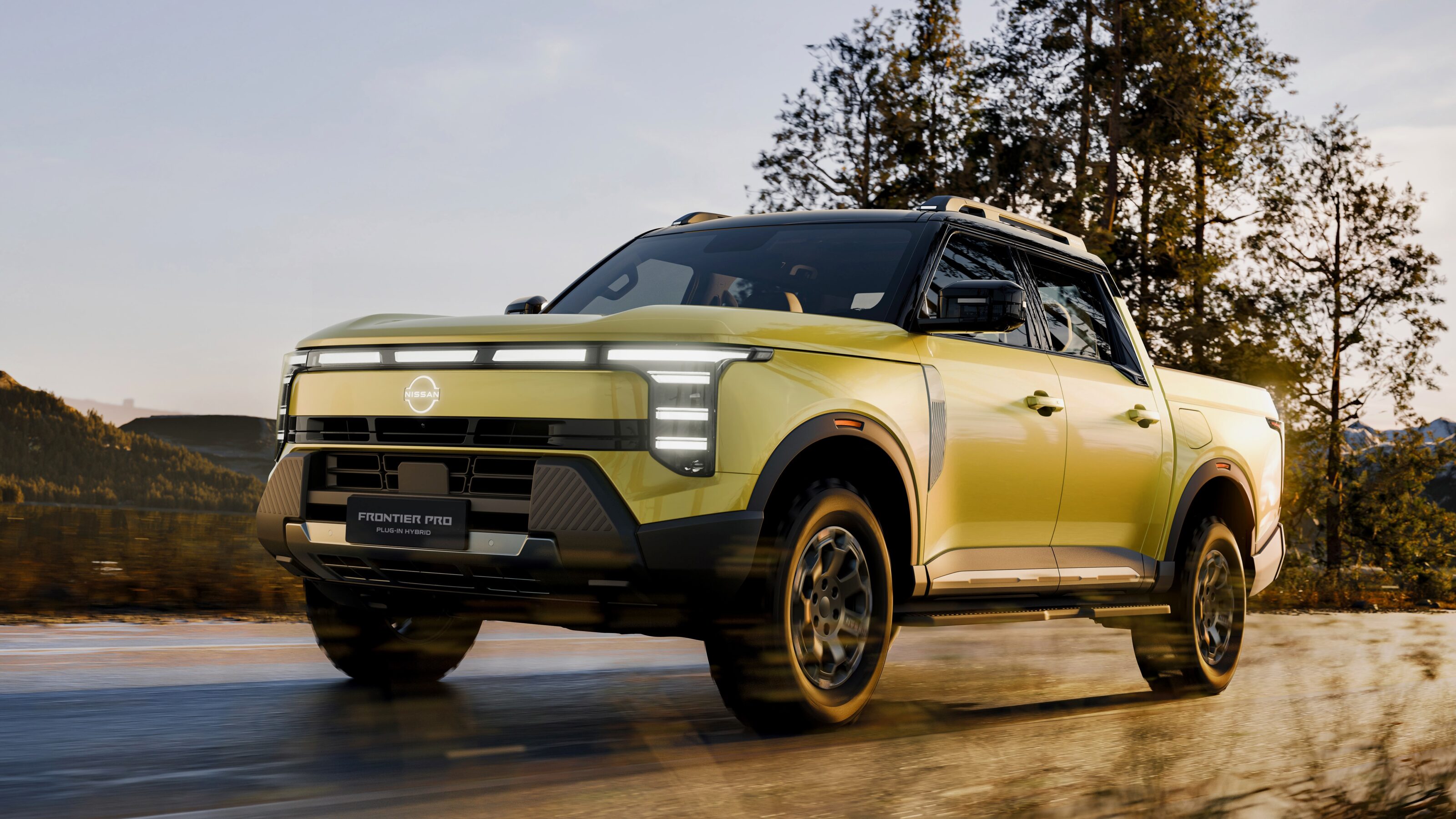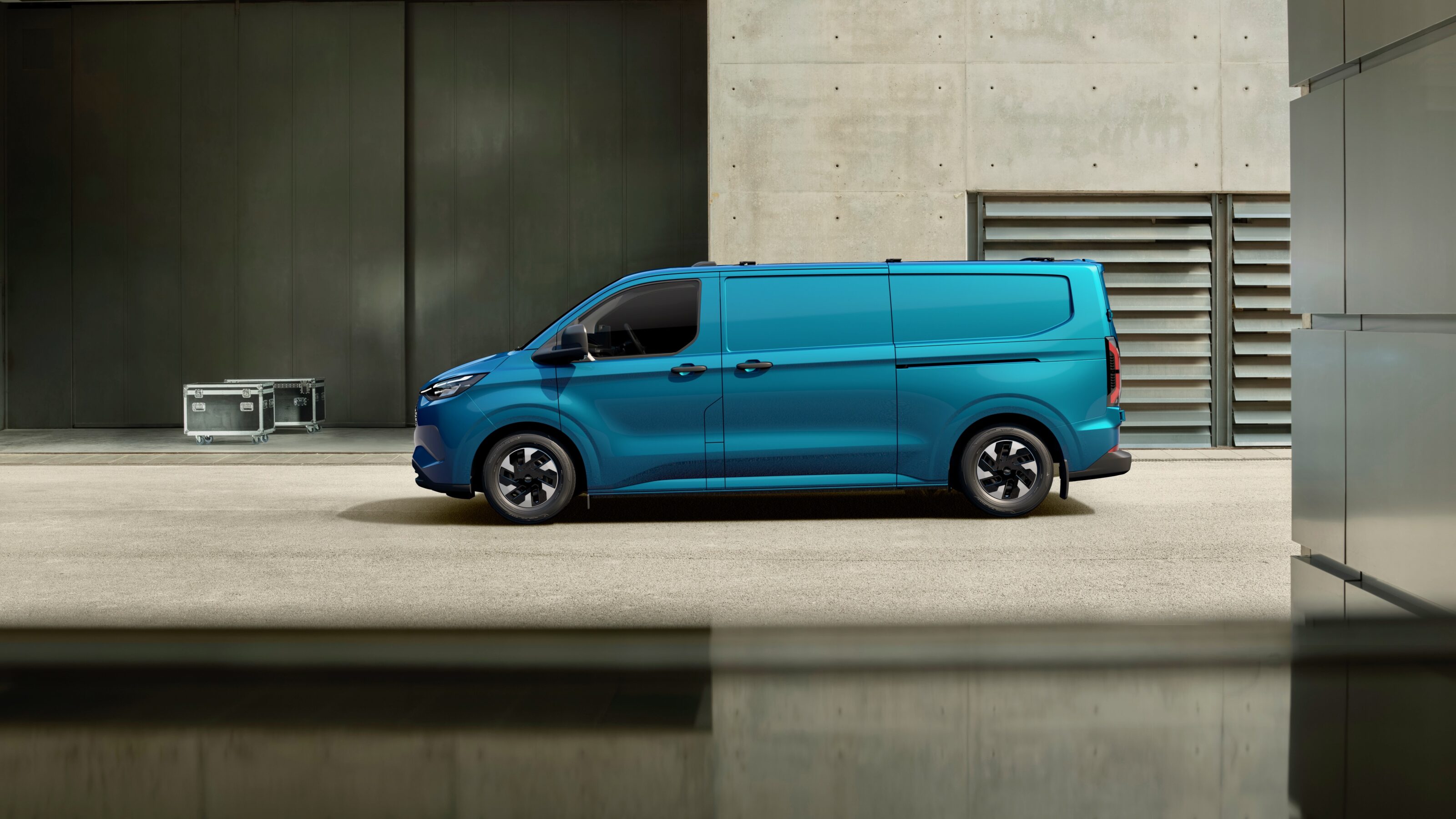As design director for MG’s Advanced Design Studio in London, Carl Gotham has a lot on his plate.
It won’t have escaped your attention that the Chinese manufacturer is operating at a frenetic pace, upending the industry’s standard product lifecycles with a rapid and iterative product launch schedule.
Gotham’s the man behind the look of MG’s most striking product to date, the Cyberster roadster, so we jumped at the chance to have a chat with one of the most forward looking designers in the business.
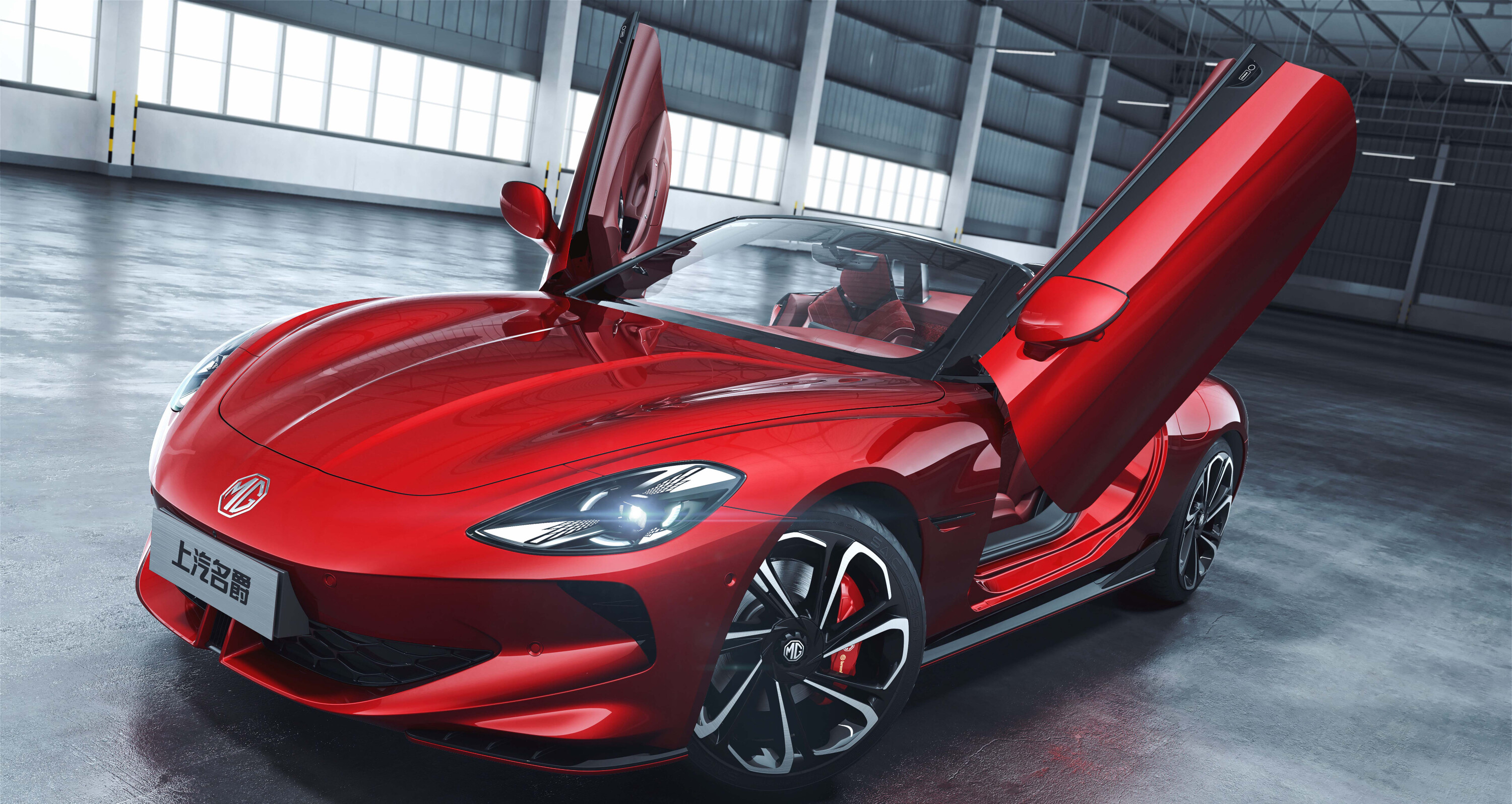
AE: Thanks for joining us today, Carl. Can you walk us through what the initial design brief was for the Cyberster?
CG: It was a project that, as designers, we’ve been wanting to do for a long time for the brand, just waiting for the right time. And when I took over as the director for the UK team in 2017, we had projects ongoing, but also we created some space to do some advanced projects where we were looking at things where there was no request or brief. The idea of doing a roadster was absolutely top of the list from our perspective.
So we created a little bit of resource in the team and worked outside of the normal working hours to get the project kick-started. We were just exploring what we thought a roadster could be for MG in light of bringing the first all-new car to the public since effectively the TF or the F. And I think very quickly we realised that actually SAIC was very invested in new energy vehicle technology. So actually, that was going to probably be quite a USP for us.
So we started live fairly early on. We knew that this car probably should be electric in some form, either fully electric or hybrid or something. So, yeah, there wasn’t a snappy brief. When the time was right, we put it in front of the right people. That’s how it started.

AE: Was there ever a consideration for an overtly retro design for the roadster?
CG: It’s funny. I have this question quite a lot, particularly recently, because I think we’re seeing a lot of that trend in more recent years. And, yeah, I think it’s fair to say we’ve explored all sorts of things. If we went through the archives of all the sketches we’ve done, there’s obviously lots and lots of iterations. So we have explored all sorts of things.
It’s a brand that’s 100 years old. It’s got a great history and a great back catalogue. And that’s really important. But equally, the brand is re-establishing itself in markets around the world, again, having had a bit of a hiatus.
So we wanted to make sure that it was respecting the past, but very much modern and looking forward in its execution. So it’s a balance of everything. I wouldn’t say it’s overtly retro, but it’s definitely a more classical proportioned sports car.

AE: Given the platform that you’ve got, you’ve done well to create that classic shape of the car.
CG: We still wanted it to speak in an emotive sense to the customer that wants that open-top sports car. And actually still making it feel romantic in that sense.
OK, it hasn’t got an engine, and we explored the different versions of having the windscreen further forward, but it just felt right to keep to that more classic proportioned sports car.
Obviously, it’s bigger because we’ve got an EV platform and safety and also the environment in which we’re living in the roads; lots of SUVs on the road today. So the car needs to be bigger than the old MGAs, MGBs, 50s and 60s. But it wears the proportion well.
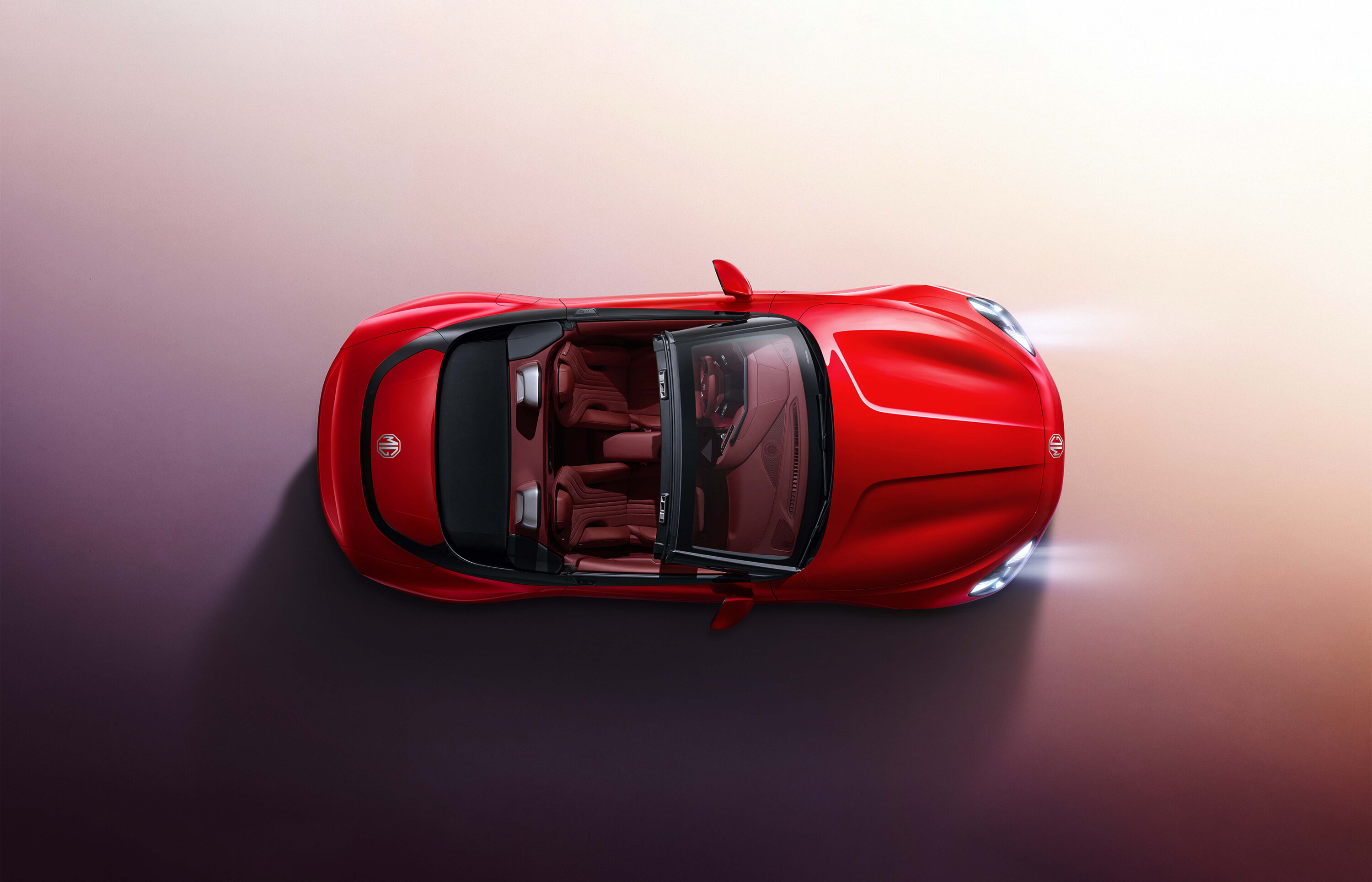
AE: How did the car morph from what was a show car to a series production model?
CG: The concept car began to get more serious as we’re moving towards Shanghai Auto Show in 2021. So essentially, the business was looking for a show car in that period [but it] was obviously quite difficult with the pandemic and so forth happening. So we needed something. And we had an answer.
We had this project which we’ve been working on for some time. Once we started to develop it, look at it further, then we obviously had a show car, it was something dramatic.
But it’s a Chinese business and it’s the art of the possible, and anything’s possible there at the moment. That’s the attitude. And they did.

It was pretty much then that the show car was put together and launched. And at that time, they were taking pre-orders for the car when it was shown to gauge reaction. I think essentially the same day as it was unveiled, the chairman gave the green light to the production program.
It’s quite an unusual project in today’s world that we do this skunkworks project in a small studio and then we show it and it gets green-lit because people want it.
But this was really a project borne through a desire and a want and a passion to bring a car like this back to the brand.

AE: The timing couldn’t have been better.
CG: Exactly. It was nice that we managed to do that in time for the 100 years anniversary and just at the time when MG is becoming significant around the globe in several markets. It’s just landed at almost the perfect sweet spot.
And yes, there’s a little combination of foresight, good luck and a bit of judgment. But it’s quite a nice story, I think, in terms of the automotive landscape at the moment. It is.
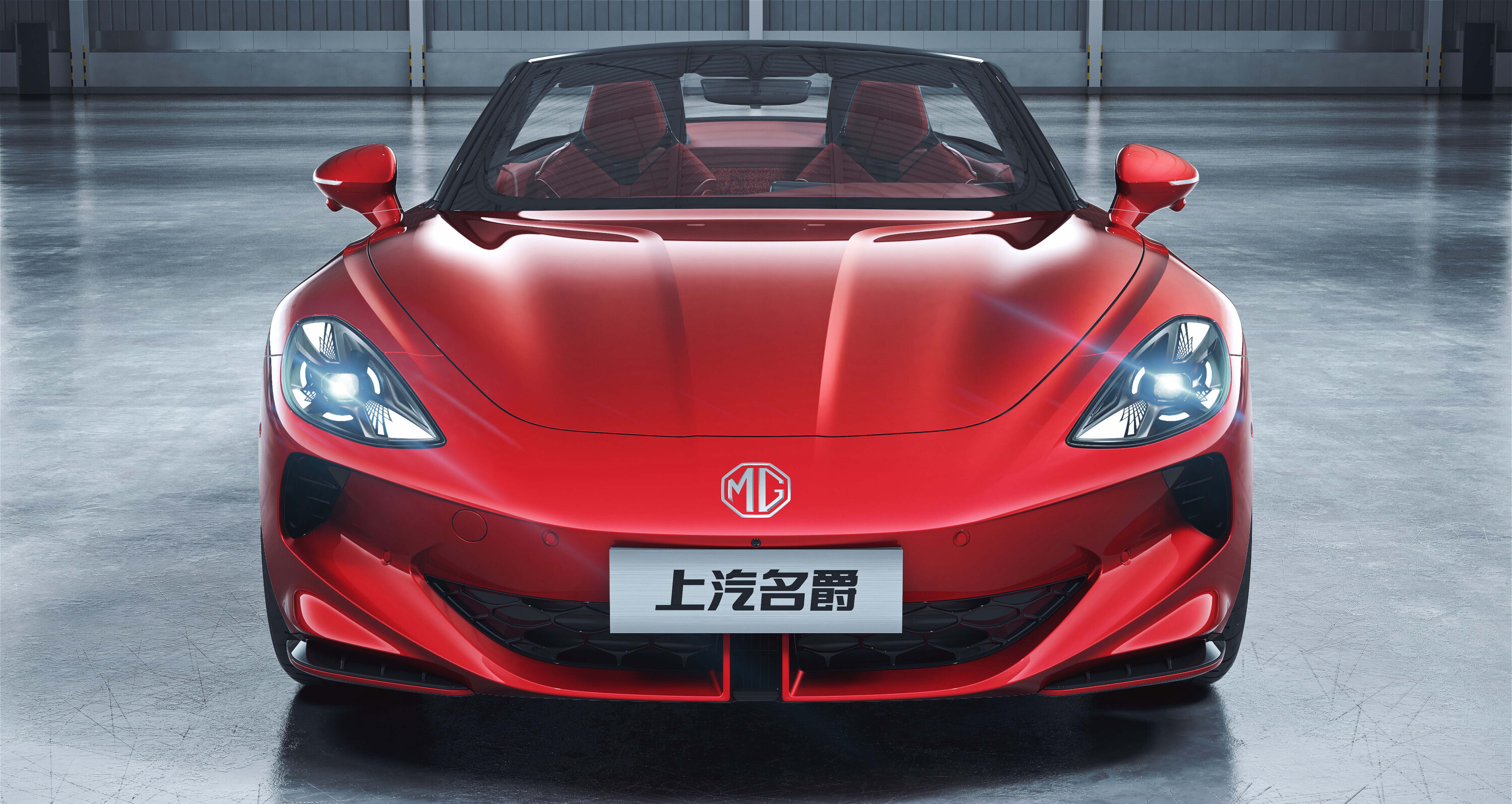
AE: Which design elements of the car are you proudest of?
CG: Proportion is always really important for designers to have the best canvas, if you like, to paint the picture and the detail. So if the proportion is good, then generally, the car is going to look good.
I think the proportion of the car is very well handled, given that it’s an EV convertible. It’s very well balanced. When you see these things in the flesh, they always take on a different characteristic.
And I think the Cyberster is definitely a great example of a car that in the flesh, it’s just good. There’s very little proportionally that you would say is not correct. It disguises the platform well, with the height. We’ve got this dropping black belt line, which helps to slim the body of the car to make it feel lower and sleeker.
So we’ve managed to achieve that with a black trim running all the way around the cabin from the windscreen through the back of the roof. Yeah, things like that are important. They’re important for the overall effect of the car. They might feel like they’re a bit superfluous, but actually they are a visual aid to the overall effect and proportion of the car.

AE: Which, if any, design elements on the car caused the most arguments among the team?
CG: A project like this is going to draw a lot of attention within the team in terms of opinions. I think we’ve got a few elements that are, obviously… aerodynamics has played a big part in this car.
So the drag coefficient, it’s 0.268, I think. I’d have to double check that! [It’s 0.269 – so close!] But it’s certainly very, very good for the type of vehicle that it is. That’s all thanks to that low nose and the active aero we’ve got on the front end of the car.
We’ve got the air curtains that run through the front bumper to let the air flow out through the front wheels and the active cooling on the front grille, the sweeping bonnet and everything.
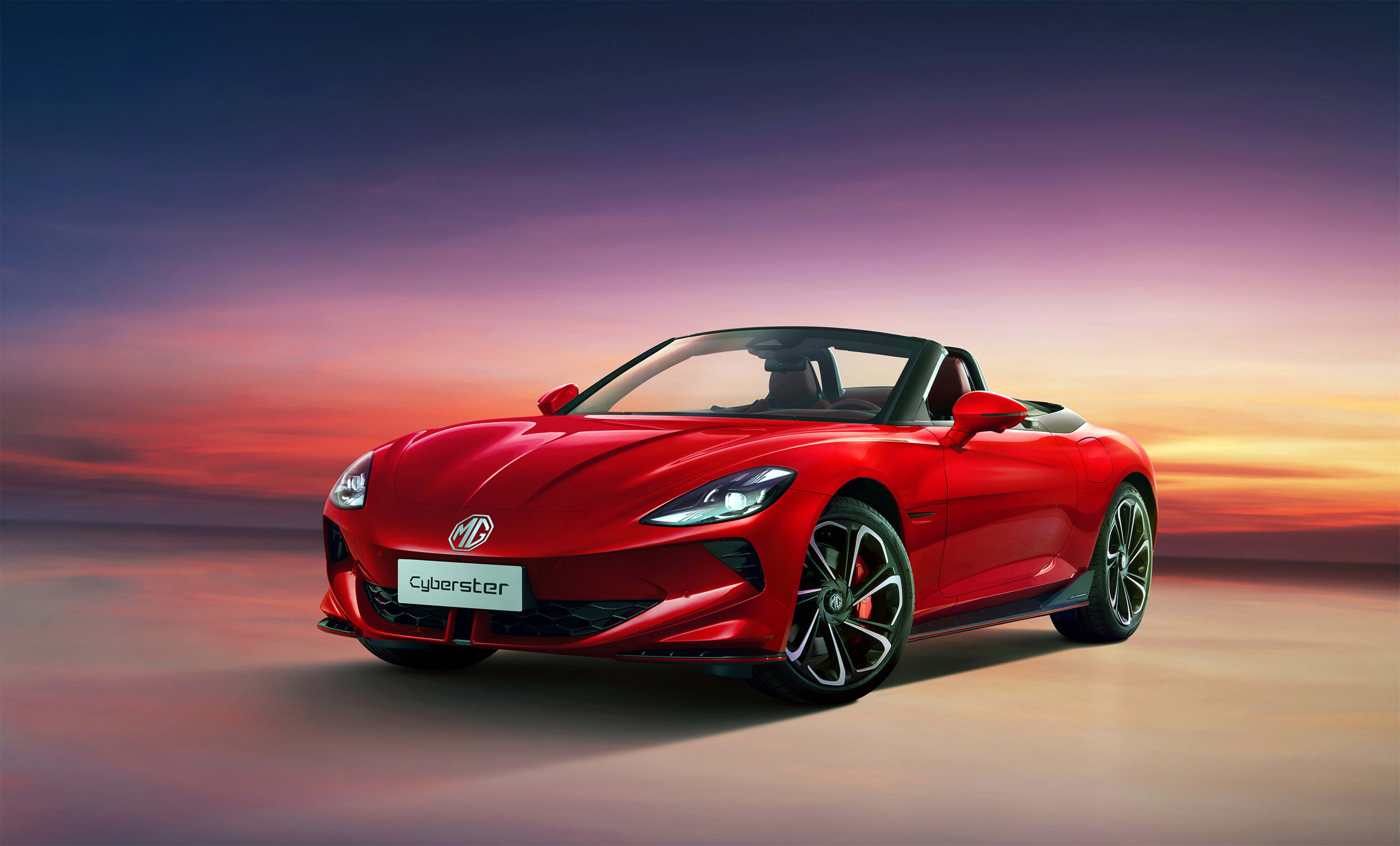
And then the rear Kamm tail, which is more square with the upright corners and the flat deck lid and, obviously, the light graphics.
So I think just handling those elements together and making it feel holistic where you’ve got this soft fluid form, and then you get to the rear and it’s a little bit more technically developed to meet the requirements of the aerodynamics.
Then again, just getting the most out of the platform to make sure that it doesn’t get too tall and too big, and it wears the platform of being an EV well. But, obviously, that’s more of a discussion with the engineers than it is with designers.

AE: Okay. Zooming out a little bit, how would you describe the evolution of MG’s design language?
CG: I’d say it’s quick. If you look back of where we’ve come in quite a short space of time, I think it’s doing a remarkable job. Obviously, we’re going through a period at the moment, quite intensive new model replacement and an introduction and refresh.
So there’s quite a lot happening in these past 12 months and the next 12 months as well. And I think it’s becoming a little bit more organised in terms of language and look and feel of the brand.
We’re in this phase where, let’s say, it’s maturing and it’s becoming a more serious and comprehensive brand with a more consistent look and feel to it. Having things like Cyberster at the halo position on the brand helps to set the tone and agenda for the language of a certain period.

AE: Is it hard to keep up with MG’s pace of change?
CG: I’ve worked for SAIC, let’s say, officially for 15 years so I’m familiar with the pace and the pace of the China market as well. Obviously, that’s such a huge market and growing and maturing all the time and advancing all the time. I have some familiarity with that process and we’ve become very good at being flexible and agile – taking on a challenge and using our experience and judgment to provide an answer relatively quickly.
Having more time is always nice but I think the pace is necessary at the moment to build the brand and be competitive, because obviously the competition is getting more and more fierce, there are more brands coming.
The next few years will tell on that front. We’re still working very hard, there’s still lots to do with the brand, which is one of the reasons why I’ve stayed with it for so long, because the job never feels complete. As a designer, there’s always something else to explore, something creative to think about.

AE: How important is a British design facility for MG?
CG: I’m obviously going to be biased on this, but I think it’s definitely important. Moving as a project, clearly the production end of the projects, that final feasibility phase is done in Shanghai, but I think having a studio in London is not just about the brand.
You talk about where we are at the moment, where we’re going. It’s embracing a little bit more of the heritage. We need to build the brand and build the story of the brand and obviously that’s what we’ve been doing a little bit this year with the 100 years. It’s the perspective that we have from there, from being in a place like London because the culture is obviously so diverse and there’s so much influence from a global perspective. We were able to take a view on lots of cross culture and things are happening: design, art, fashion and technology and whatever that’s so vibrant in a city like London.
It also means we can attract good global talent to come and work for us and work for the brand. It’s fantastic.
We recommend
-
 News
News2025 MG Cyberster EV roadster: $115K Australian pricing confirmed
MG's most expensive model ever offered is now in Australia, with this week's launch of $115,000 MG Cyberster electric roadster
-
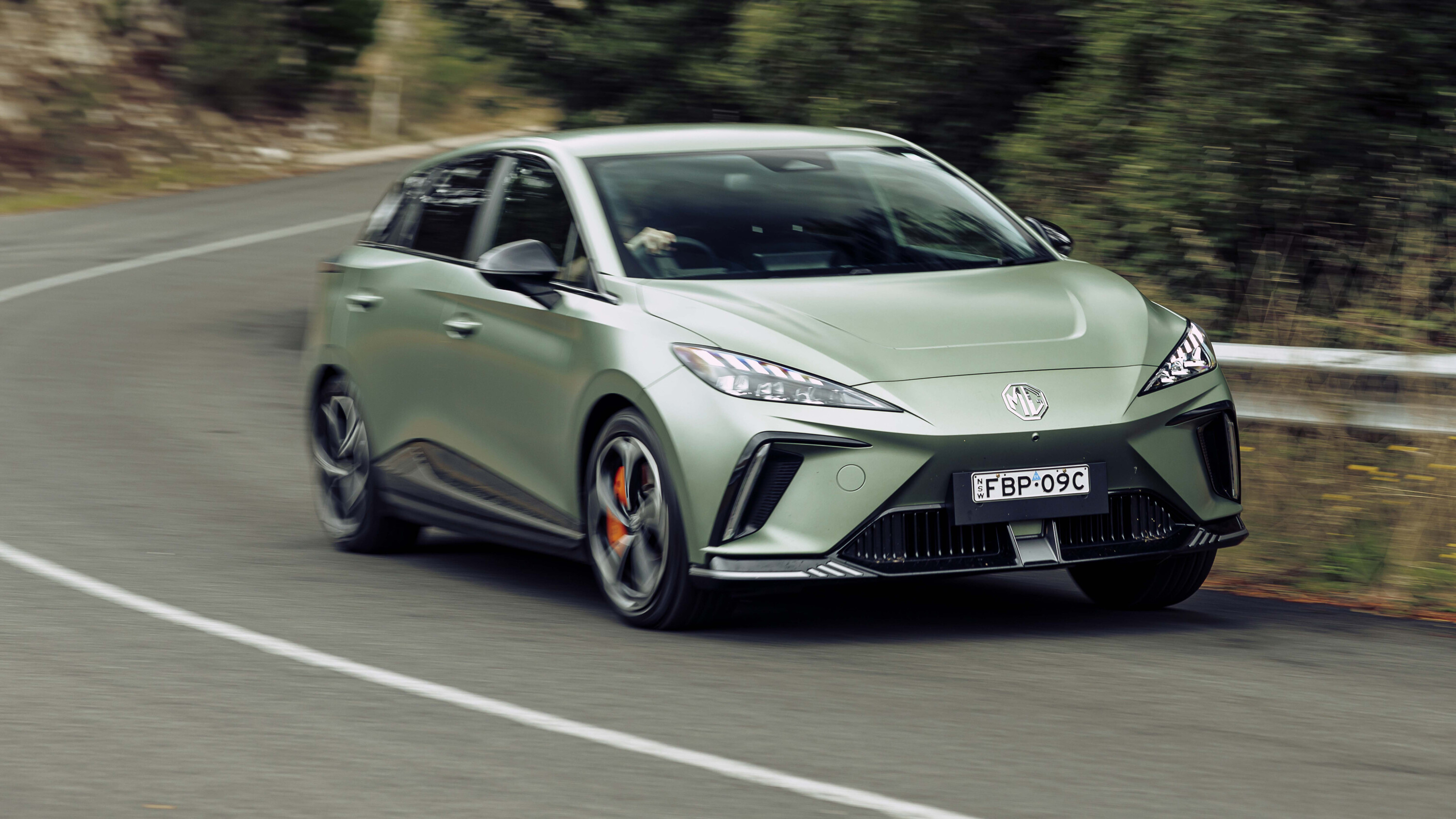 Reviews
Reviews2024 MG4 review: Full range detailed
The MG4 is a budget-friendly small electric hatchback in Australia. Learn about the MG4 range including price, interior, boot space, safety assists and performance
-
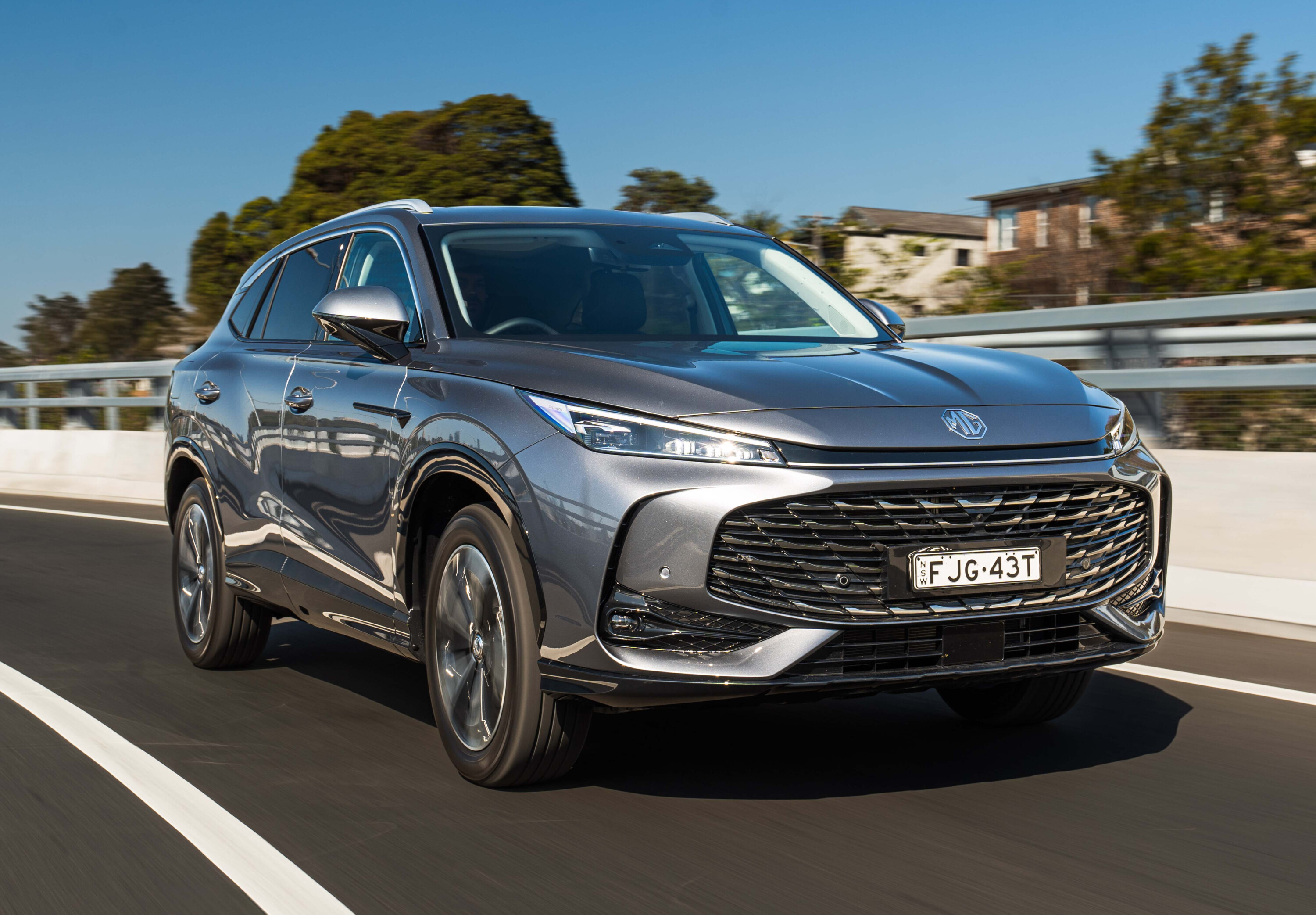 Reviews
Reviews2025 MG HS review: Full range detailed
There’s no Most Improved Award in the automotive industry, but if there was the new MG HS would certainly be in with a shout of needing to write an acceptance speech.


